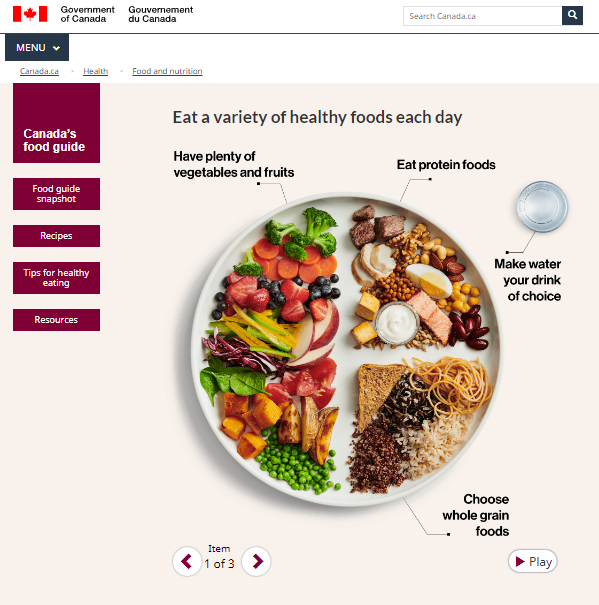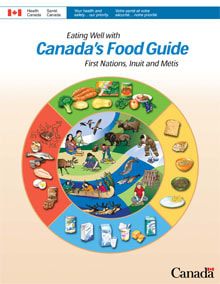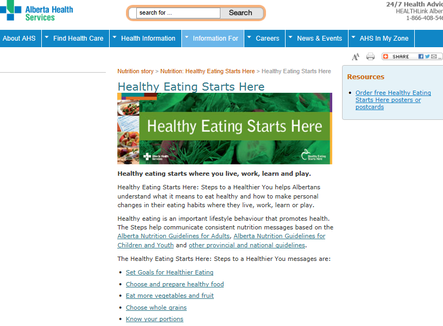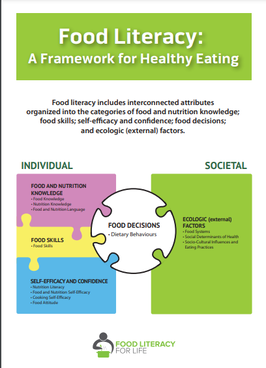|
Food guide snapshot, healthy eating recommendations, recipes, tips and resources.
For more information, follow the links below: Food and safety standards How to meet safety standards, imports, exports, production, packaging, distribution, catering, restaurants, retail. Food safety Safety tips for all food types, information to protect those who are vulnerable to food poisoning, facts on food allergies and recalls. Healthy eating strategy Learn how we're working to make the healthier choice the easier choice for Canadians. Teach your kids safe cooking habits See safe, be safe. Model safe food handling habits for your kids by following these tips. Infant nutrition Learn about the nutrition your baby needs to grow up strong and healthy. |
Eating Well with Canada's Food Guide - First Nations, Inuit and Métis
|
As part of Canada's Food Guide revision, we are currently working with First Nations, Inuit and Métis partners to support the development of healthy eating tools.
Along with the new 2019 Canada's food guide, you can still use the current Canada's Food Guide - First Nations, Inuit and Métis as a trusted source of information on healthy eating. To download the the PDF: |
Healthy Eating Starts Here
|
As a health organization, AHS leaders, staff, physicians and visitors told us leading by example is the right thing to do.
AHS is working towards making healthy eating the easy choice:
Nutrition Resource Catalogue: Ordering ResourcesNutrition Resources can ordered by going to the Nutrition resources online. Login to the Nutrition's resource order page using this user id: NFSpublic and this password: 2014nfs03. |
Food Literacy Resources For Health Professionals
|
Food literacy is a set of interconnected attributes organized into the categories of food and nutrition knowledge, skills, self-efficacy/confidence, food decisions, and other ecologic (external) factors such as income security, and the food system.
Food Literacy Framework |
Eat Well Campaign - Easier Healthier School Lunches
Health Canada’s national Eat Well campaign was launched on March 4th. Below are several resources that you can use to promote healthy eating, which is important to maintain good health. Click on the link to download each resource.
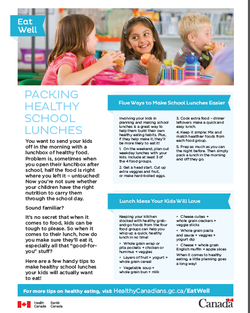
Eat Well Packing Lunches Factsheet_EN.pdf
658K View Download
Eat Well Colouring Sheet and Map_EN.pdf
2346K View Download
Eat Well 5 Ways Ad_EN.pdf
608K View Download
Eat Well Get The Kids Involved Poster_EN.pdf
622K
View Download
658K View Download
Eat Well Colouring Sheet and Map_EN.pdf
2346K View Download
Eat Well 5 Ways Ad_EN.pdf
608K View Download
Eat Well Get The Kids Involved Poster_EN.pdf
622K
View Download
Posters
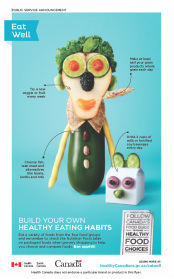
Mr. Zucchini is sure to get a kid’s attention! Posting him at a little one’s eye level (think, on the front of a reception desk) might start a conversation about healthy eating!
Healthy Eating Habits Poster EN
Healthy Eating Habits Poster FR
What is Mr. Zucchini Made Of? Poster EN
What is Mr. Zucchini Made Of? Poster FR
Mr. Zucchini Colouring Page EN
Mr. Zucchini Colouring Page FR
Healthy Eating Habits Poster EN
Healthy Eating Habits Poster FR
What is Mr. Zucchini Made Of? Poster EN
What is Mr. Zucchini Made Of? Poster FR
Mr. Zucchini Colouring Page EN
Mr. Zucchini Colouring Page FR
Graphic

Graphic: This image makes an eye-catching Facebook post. You can link the image to the Healthy Canadians’ Eat Well Central, which has information, tips and additional healthy eating resources.
Mr. Zucchini Graphic EN
Mr. Zucchini Graphic FR
Mr. Zucchini Graphic EN
Mr. Zucchini Graphic FR
Article
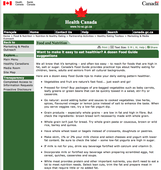
This article: Want to make it easier to eat healthier? A dozen Food Guide suggestions is a great general interest piece for a newsletter, or, break it up and use your favourite tips as separate Tweets or Facebook posts and pair it with the graphic above.
Quiz
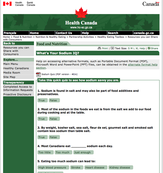
Want to start a conversation on your Facebook? Post this quiz: What’s your sodium IQ? and ask people to share their scores on your page. You can follow up the next day by posting a link to this
Fact Sheet: Choosing foods with less sodium at the grocery store.
Fact Sheet: Choosing foods with less sodium at the grocery store.
Fact Sheets
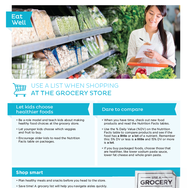
If you like to provide handy takeaways at meetings, classes or along with a guide or newsletter try offering these Fact Sheets:
Planning Meals at Home EN
Planning Meals at Home FR
Planning Meals at the Grocery Store EN
Planning Meals at the Grocery Store FR
Using the Nutrition Facts Table EN
Using the Nutrition Facts Table FR
Planning Meals at Home EN
Planning Meals at Home FR
Planning Meals at the Grocery Store EN
Planning Meals at the Grocery Store FR
Using the Nutrition Facts Table EN
Using the Nutrition Facts Table FR
Dietitians of Canada

On UnlockFood.ca, you will find information on nutrition, food and healthy eating, as well as recipes, videos and online tools. There is information on hundreds of topics from A-Z.
The content on UnlockFood.ca focuses on healthy eating throughout the lifecycle (from infants to seniors), nutrition topics of interest, and preventing and managing health conditions.
Popular content includes:
The content on UnlockFood.ca focuses on healthy eating throughout the lifecycle (from infants to seniors), nutrition topics of interest, and preventing and managing health conditions.
Popular content includes:
- • diabetes prevention and management,
- • infant feeding and picky eating,
- • digestive concerns,
- • heart healthy eating.
- • allergies and intolerances
Active For Life - Early Years Educator Physical Literacy Toolkit
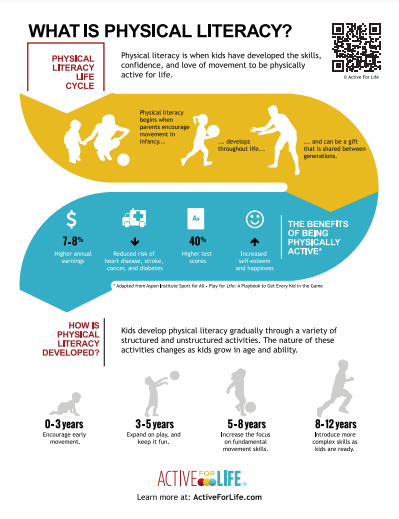
Physical literacy is when kids have developed the skills, confidence, and love of movement to be physically active for life. The early years are the right time to begin developing physical literacy. Through active exploratory play, children begin to develop the essential motor skills for lifelong physical activity and health. Early years educators can follow the links below to find resources for developing physical literacy.
Free Downloads:
Free Downloads:
The confidence project - Health Nexus
|
Supporting Canadians’ vaccine confidence and uptake, as well as addressing barriers to accessing vaccination, requires diverse strategies and targeted interventions. There is no “one size fits all” solution, and a multifaceted approach is crucial for reaching all Canadians, and particularly Canadians who historically have been underserved and whose health negatively impacted by a range of social determinants of health.
|
